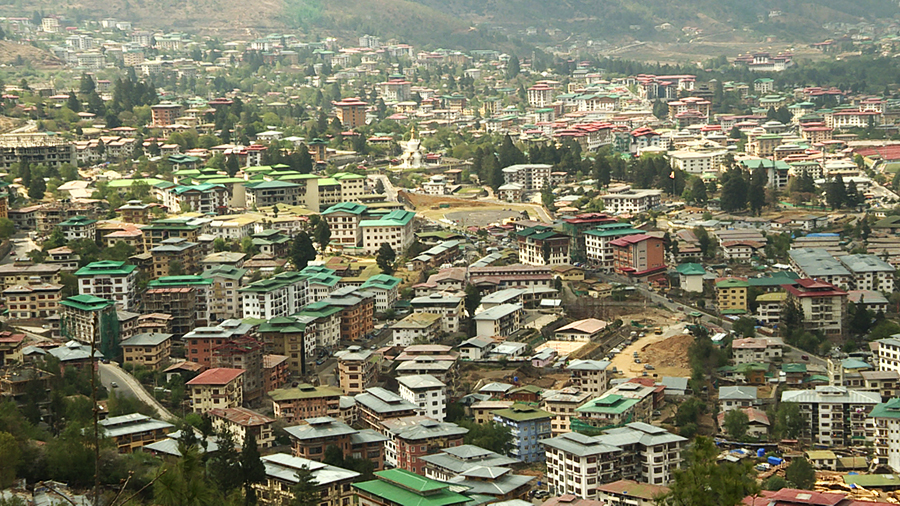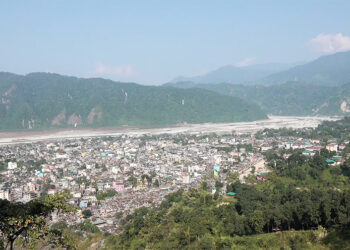 According to the Bhutan Living Standard Survey 2022, many residents in urban areas such as Thimphu, spend more than 30 per cent of their income for housing. However, United Nations Human Settlements Programme, UN-Habitat suggests that households should allocate no more than 30 per cent of their income on rent or housing costs. According to the UN body that promotes socially and environmentally sustainable towns and cities, exceeding this threshold can lead to financial stress and make it difficult to cover other essential expenses.
According to the Bhutan Living Standard Survey 2022, many residents in urban areas such as Thimphu, spend more than 30 per cent of their income for housing. However, United Nations Human Settlements Programme, UN-Habitat suggests that households should allocate no more than 30 per cent of their income on rent or housing costs. According to the UN body that promotes socially and environmentally sustainable towns and cities, exceeding this threshold can lead to financial stress and make it difficult to cover other essential expenses.
The Bhutan Living Standard Survey reports that a typical household in the country earns just Nu 17,500 per month.
In urban areas, the median monthly income stands at Nu 28,000 per month. This means that half of urban households earn Nu 28,000 a month.
Based on UN-Habitat’s 30 per cent affordability threshold, the rent should not exceed Nu 8,400 per month in urban areas.
But in reality, such rentals are rare, even in the outskirts.
In Thimphu, where housing is most expensive, one-bedroom apartments usually cost Nu 8,000 to 10,000. Rent for two-bedroom units starts from Nu 10,000. Even on the city’s outskirts, rents often fall between Nu 8,000 and 15,000.
As a result, many residents end up spending between 40 to 60 per cent or more of their income on housing.
“I personally feel that rent in a town like Thimphu is quite high. Most people just starting out in their jobs earn around Nu 8,000 to 10,000 a month. But even basic bachelor quarters or attic spaces cost over 8,000 ngultrum in rent. If they spend that much on housing, there’s barely anything left for other expenses. That’s why many end up sharing rooms with friends and splitting the rent,” said Durga Acharja, a resident living in Thimphu.
“Rents are high here, especially since I don’t earn much. They seem to go up every year, and for people earning low income, living here is really tough,” Kencho Wangdi, another resident.
“First of all, just finding a place to stay is hard. And when we do, the rent takes up about 40 per cent of our salary. My friends who live here say the same thing, some of them spend nearly 50 per cent of their income just on rent,” said Jigme Yeshi, a resident.
While the Tenancy Act of Bhutan 2015 outlines tenant rights and rental agreements, it does not set ceilings on rent or link rents to income levels. Without proper price controls or rental support, market dictates the rents. This leaves low- and middle-income earners to bear the brunt.
The consolidated 13th Five-Year Plan aims to raise average annual household income to Nu 2.5 M by 2029 and Nu 5 M by 2034, through economic reforms, infrastructure development, and better market access. However, the government has said that progress will take time.
Meanwhile, Thimphu’s housing shortage reflects a growing affordability gap. For many Bhutanese, the issue isn’t just about saving but covering daily expenses after paying rent.
Karma Samten Wangda
Edited by Sangay Chezom









